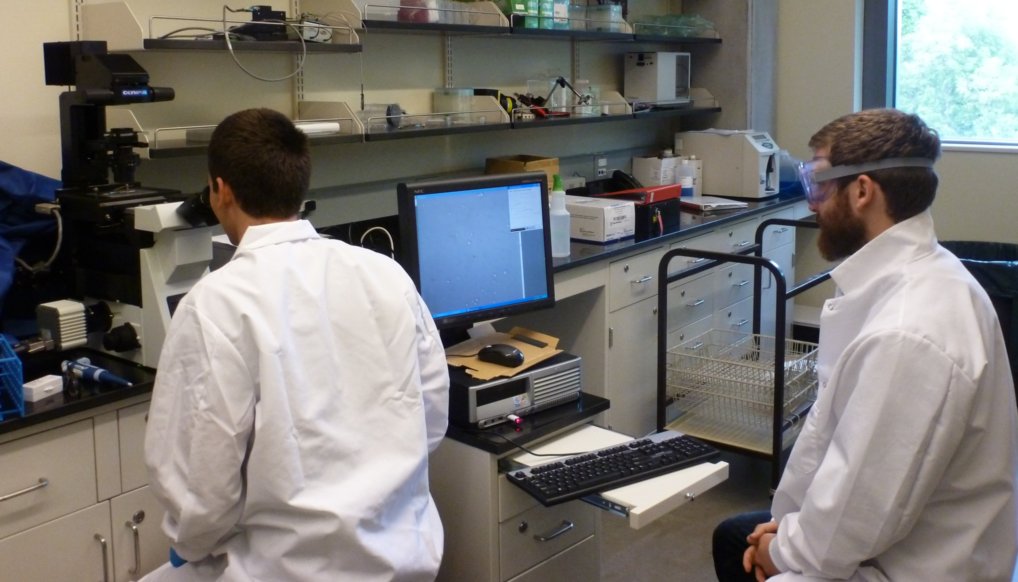Study of platelet function
Platelets are the fundamental blood cells involved in hemostasis resulting in the cessation of bleeding after a cut or injury. They are also the cause of most heart attacks and strokes. Our group is interested in the response of platelets to mechanical forces and how they interact with their environment.

It is increasingly recognized that platelets can stimulate an inflammatory response. We are investigating thromboinflammatory responses to various stimuli and how they can lead to complications in blood circulation. We are further quantifying biomechanical characteristics of these processes with an aim of identifying therapeutic targets that leverage mechanics.

Our group is further interested in how platelets respond to mechanical stimuli typical and atypical of their normal environment. Platelets normally travel through various flow conditions in our circulation. Based on the conditions, they can respond differently. Specific diseases or cardiovascular medical devices can also introduce these platelets to an atypical flow environment, altering their response. There is increasing recognition that the platelet responses to these various environments may be more complex that initially thought. Therefore, our group is utilizing various engineering tools to decipher these responses as they relate to normal hemostasis relative to disease.
Collaborators for this work include Jorge Di Paola at the University of Colorado, Denver.